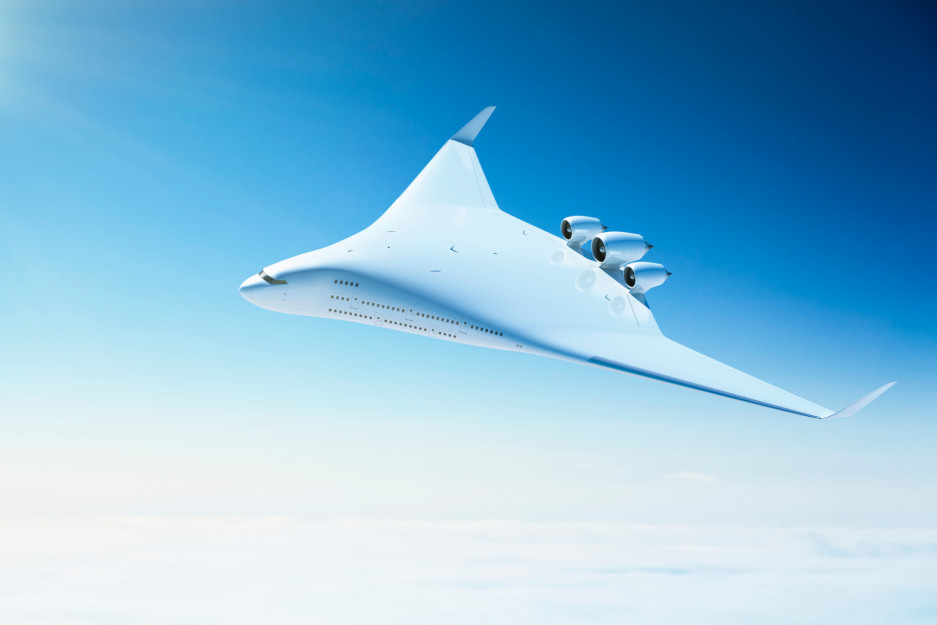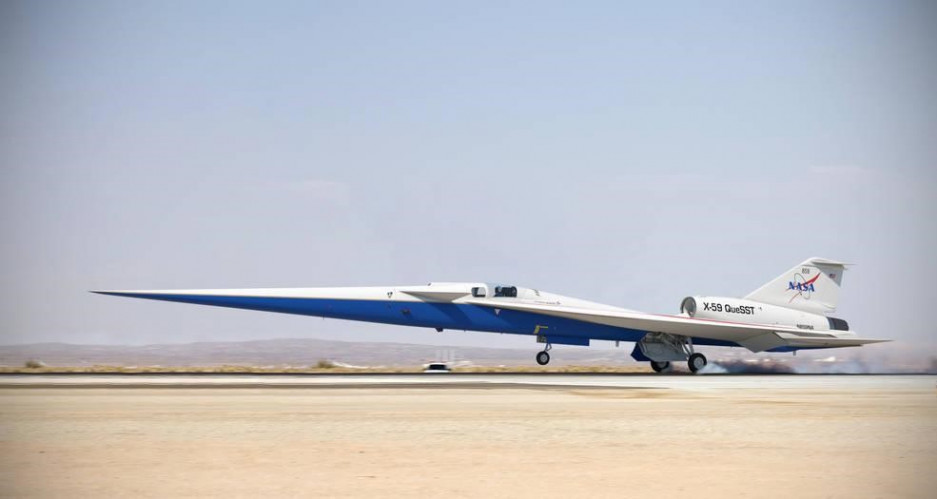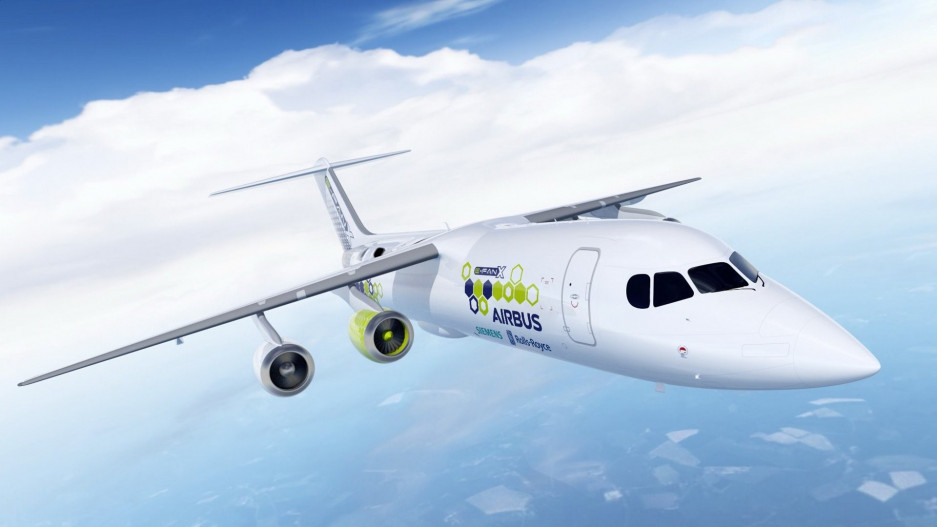
Positive Mobility
eMagThe quest for the quiet plane

The noise made by planes has been reduced by 75% over the last 50 years but the battle against noise pollution is far from over. Manufacturers are constantly optimising their aircraft while new supersonic and hybrid technologies open the door to ever-quieter planes.
The news ended the year with a bang. On 16 December 2019, NASA announced that its new X-59 supersonic plane was ready for final assembly. The first flight of the futuristic aircraft, presented as a quiet plane, is scheduled for 2021. Quiet is not the first word that springs to mind, however, when we think about Concorde and its ear-splitting bang as it broke the sound barrier. Thanks to its elegantly narrow frame ending in a long, pointed nose, the X-59 should be able to break the sound barrier with ground noise of only 75 decibels, compared to Concorde’s 105 decibels. NASA says that the thump will be equivalent to people hearing a car door slam.

75% less noise in 50 years
The US space agency is not alone in wanting to tackle the acoustic footprint of aircraft. Noise reduction has become a major challenge for aircraft manufacturers, both in terms of increasing passenger comfort on board and reducing noise pollution for people living near airports. It’s a field where aircraft manufacturers are constantly making progress. The noise impact of aircraft is estimated is have fallen 75% over the past 50 years. Airbus claims that the acoustic energy generated during take-off by a Caravelle in the 1960s is equivalent to the take-off noise generated by 120 Airbus A320s!
Noise reduction has, alongside energy efficiency, become another reason for operators to renew their fleets. Lufthansa is proud to announce that its new Airbus A350-900 aircraft generate 40% to 50% less noise than the A340. And airlines are improving the performance of their older aircraft. Five years ago, under-wing deflectors were fitted to A320s operated by Lufthansa and Air France in order to neutralise a whistling sound made by aircraft coming in to land. The technology delivers a cut of up to four decibels in noise impact during the approach phase.
Why do aircraft make noise?
There are two distinct sources of noise nuisance from aircraft: the engine, with the sound made by hot gases as they exit, and air circulating around the craft. Some sounds can mask others: as more progress is made in terms of the jet noise created by engines, sounds that used to be thought of as inaudible, such as the noise made by landing gear systems or the whistling of an engine, have become subject to intensive research by aircraft manufacturers.
Different flying methods
The most visible impact of this battle to reduce noise can be seen in the latest generation of Boeing aircraft (747-8, 777X). The serrated trailing edge of their imposing engine housings cut the jet noise generated by the engine. Manufacturers are also working on the aerodynamics of their aircraft. Countless parts of the aircraft — nose, flaps, rudder, tail — are constantly being improved to reduce the noise made by the aircraft as it moves through the air.
As well as aerodynamics and engines, noise reduction can also be achieved by altering how aircraft are flown. Continuous descent is one method that is being used more and more frequently. In the past, aircraft would descend in stages, a technique that requires significant thrust from the engines. Continuous descent brings the aircraft down at a constant rate, requiring less use of engines and high-lift flaps and thus generating less noise. The gains are significant: three to five decibels less ground noise as well as fuel savings.

Is the future electric?
Parallel to NASA’s work on supersonic aircraft, another technology holds out the hope of major advances in terms of noise impact. Electric or hybrid aircraft are no longer confined to the realms of science fiction. The very first test flights could take place in 2021, implemented by the Airbus-Siemens-Rolls-Royce partnership, with commercial operation scheduled for the 2030s. These carbon-free aircraft promise to be 75% quieter. The truly quiet plane is no longer a mirage.